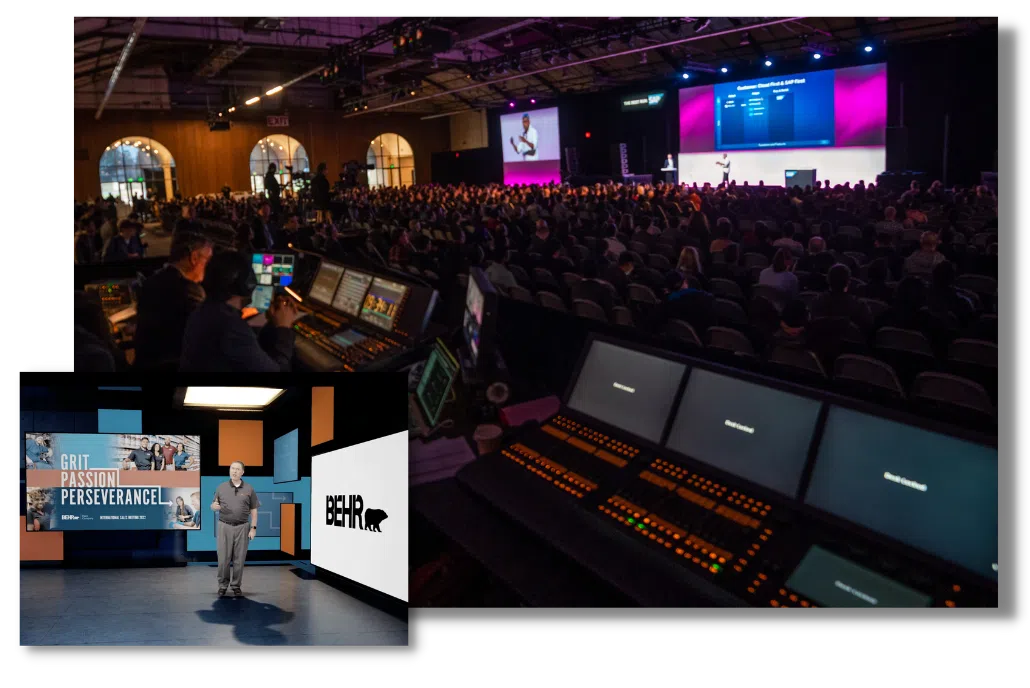Why Event Resource Solutions Are Crucial for Seamless Event-Driven Architectures
In the realm of modern software program growth, event-driven architectures are increasingly common, yet their effectiveness hinges on the application of durable event resource remedies. As markets change towards real-time data handling, recognizing the implications of event sourcing becomes important.
Recognizing Event-Driven Styles
Event-driven styles (EDAs) represent a standard change in making software systems, where the circulation of information is established by the occurrence of events. This architectural design promotes a decoupled method, allowing different parts to connect asynchronously. In EDAs, occasions work as the primary means of communication, activating procedures or operations in reaction to specific occurrences, such as individual actions or system changes.
The key elements of an EDA consist of event manufacturers, which generate occasions; occasion customers, which respond to occasions; and occasion networks, which promote the transmission of occasions between producers and customers. This structure enhances system responsiveness and scalability, as elements can individually process occasions without the need for synchronous communication.
Moreover, EDAs enable real-time information processing, making them ideal for applications requiring instant insights-- such as fraud detection in financial systems or keeping track of IoT tools. They likewise support a more agile development atmosphere, allowing teams to iterate promptly and release brand-new attributes with very little interruption to existing solutions.
The Duty of Event Source Solutions
While numerous components in an event-driven style depend on efficient interaction, occasion resource options play an important duty in producing and handling the flow of occasions. These options act as the preliminary point of occasion development, catching modifications in state or customer actions and equating them right into events that can be propagated via the system.

Moreover, they facilitate the decoupling of manufacturers and consumers within a design, allowing systems to range separately. This decoupling is important for improving system resilience, as it decreases reliances that might otherwise cause bottlenecks or solitary factors of failure.
Advantages of Real-Time Data Processing
Real-time information processing substantially improves the abilities of event-driven styles by allowing prompt understandings and activities based on the newest details (your event source charlotte). This immediacy not just increases decision-making yet likewise enhances the relevance and accuracy of those decisions. Organizations can react to events as they happen, lowering latency and improving operational dexterity
Among the main benefits of real-time information processing is the capability to catch and analyze data continually. This assists in aggressive steps rather than reactive feedbacks, permitting businesses to prepare for trends and potential concerns before they intensify. As an example, in markets such as financing or shopping, real-time analytics can determine illegal purchases or client actions adjustments, allowing speedy treatments that mitigate danger and maximize client complete satisfaction.

Ultimately, the assimilation of real-time data handling right into event-driven styles empowers companies to harness the full possibility of their data, driving advancement and affordable advantage in a significantly vibrant marketplace.
Enhancing System Interaction
Reliable communication in between systems is vital for the success of any kind of event-driven style. Event source services facilitate this communication by giving a durable framework for catching and transmitting events in real time. By standardizing how systems create and take in events, these services remove obscurity and foster interoperability, permitting disparate systems to interact perfectly.
Making use of occasion streams enables systems to respond immediately to changes, making sure that all components are straightened and notified. This responsiveness is important in settings where timely information exchange directly influences decision-making and general system performance. Occasion source services use systems for occasion filtering system, change, and transmitting, enhancing the performance of data circulation in between systems.
Furthermore, by carrying out a publish-subscribe model, event resource remedies decouple system elements, enabling greater flexibility and scalability. This decoupling suggests that systems can develop independently, making it easier to integrate brand-new performances or replace existing components without interfering with total communication.
Future Patterns in Occasion Sourcing


An additional significant trend is the rise of cloud-native event sourcing options. These platforms utilize the scalability and flexibility of cloud facilities, allowing companies to efficiently handle and save vast quantities of occasion information without the overhead of typical systems. This change promotes greater ease of access and cooperation throughout groups.
Additionally, the fostering of microservices design is influencing occasion sourcing methods. As companies progressively segment their applications right into try these out smaller sized, independent services, event sourcing provides a robust device to maintain information uniformity and honesty throughout these dispersed systems.
Final Thought
In final thought, occasion source remedies offer as a vital structure for seamless event-driven architectures, allowing reliable event generation and management - your event source charlotte. The benefits of real-time data handling and enhanced system interaction underscore the relevance of adopting occasion Get More Information sourcing techniques.